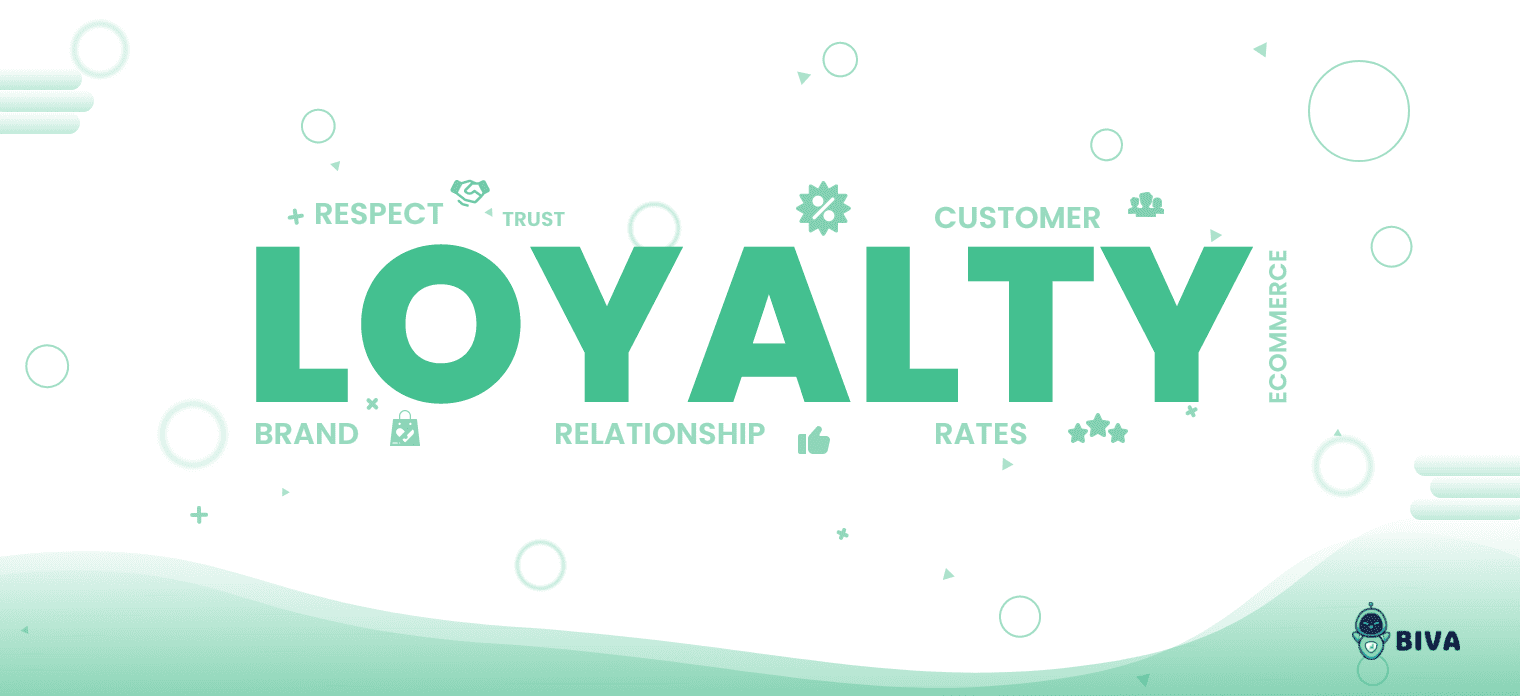

With the rise in the e-commerce market and the Covid pandemic, managing customer loyalty has never been more crucial or more difficult. The reason is simple. Since consumers have ample options and time to spend on the internet perusing products, relying solely on price wars (offering lower prices or larger discounts) or incentivizing transactions will not be enough to entice the customer for a long time.
To keep customers engaged and make them transact again, retailers should focus on engaging them emotionally and offer a personalized shopping experience.
Furthermore, it is no secret that upping the number of returning customers can increase brand awareness and reduce the cost of acquiring new customers.
Increasing customer retention rate by 5% can increase profitability by up to 75%
Hence, it is time for retailers to think differently and formulate strategies (as below) to nurture customer loyalty.
Align with Consumer Values:
People are more attracted to brands that share the same values and beliefs as they do. And they are more likely to stay loyal if the same is reinforced in brand activities.
Retailers should recognize the values, beliefs of consumers (target segment) and market their products, services, and brand accordingly. They should especially be aware while reaching out to younger consumers.
For instance, Nike realized that women who buy their products are 44% more likely to value equality. Their #DreamCrazy campaign successfully tapped into that belief. Their creative and messaging highlighted some of the most decorated female athletes challenging the gender bias in sports. The reaction on social media was widely positive and, the campaign deepened brand affinity, particularly with women.
Highlight Strides Toward Social Responsibility:
There is a recent trend toward more aggressive social responsibility. Customers want to know that the company is trying to give back to the community.
Retailers can consider social or governance issues when they are making strategic decisions. For instance, retailers can let consumers know that they are making a certain amount of donation if they buy something or reaching the nominal set of targets in purchasing. It is one of the best ways to improve customer loyalty.
Go Green:
Customers are becoming increasingly aware of the human impact on the environment and the sustainability issues we face. This growing consciousness is leading to the rise of many trends from waste-free living to cutting plastic use. Recent studies also say that customers are willing to pay more for sustainable goods.
Retailers can start going green using alternative energy sources such as wind and solar power or even switch to energy-efficient computers and other electronics. Also, they can look at the packaging – switching to use recyclable materials or using packaging smartly so it can be repurposed by the customer.
Build the Relationship Based on Trust:
One of the core aspects of customer experience is trust. Customers do not want to do business and maintain a relationship with a company they cannot trust.
Retailers can use social media to build a relationship with customers. Retailers can have one-on-one conversations with customers to make them feel connected to the brand. Being responsive by replying to the comments (both positive and negative) creates a sense of trust that it is an accessible brand that cares about its customers.
Retailers can encourage positive customer-brand relationship by being open about the business practices by posting walk-through of products, sharing team member’s interviews, etc.,
Harness the Power of Exclusivity:
Nothing motivates people like exclusivity, and the power of exclusivity lies in scarcity. People perceive rare things as valuable, and having something prized by others automatically elevates the owner’s status. Hence, many customers develop an ardent desire for exclusivity.
Retailers can harness the power of exclusivity by creating a tiered VIP loyalty program that is free access and focuses on customer’s lifetime spend. As members climb the tiers, they can unlock rewards like “early access to new arrivals,” “exclusive seasonal offers,” “limited edition product access,” “annual birthday gift,” and other benefits that go beyond just the transactional activities. It instead focuses on exclusivity and the customer-brand relationship.
Encourage Omnichannel Engagement:
In today’s digital world, customers often want so much more than just a transactional interaction. They want experiences and meaningful connections with brands at multiple touchpoints. Brands that do not provide this experience have higher chances of losing customers to competitors.
Retailers can encourage sharing content on social media, referring friends, and reading emails. These activities keep members engaged, informed about the brand, and help promote the brand benefits to a greater audience, turning members into brand advocates.
Leverage the Potential of Gamification:
Gamification has the power to engage the customers by incentivizing them to act and continuously take part.
Retailers can make the spending exciting/ curious for customers by using in-app gamification. For instance, Google Pay App offers a scratch card to its customers after a particular number/ value of transactions – this makes customers feel the thrill of expecting rewards than the rewards themselves, which, in turn, leads the customers to do multiple transactions.
Use Social Proofing:
Sometimes customers find it difficult/ hesitate to try out new products. They need external motivation to do that.
Retailers can use social proofing to their advantage in this case. They can remind customers that other people are buying the product too. For instance, displaying a list of bestselling inventory persuades the customer to join the crowd and try out the products.
Retailers can also allow user-generated content (UGC) and product reviews, as new potential customers consider past customers to be a more authentic and reliable source of information. Retailers can display reviews and visual UGC prominently across the homepage, product pages, and checkout page. They can use the reviews widget to create an experience by which shoppers can filter reviews by the topics most relevant to their needs.
Go Beyond Marketplaces:
The marketplace does not help in enhancing customer loyalty and mental recall. Retailers may never be able to create branding for their website only using a marketplace, as selling on their site gives access to better customer insights. Retailers can use these insights for personalizing the journey that in turn enhances customer loyalty.
To enjoy the benefits of both marketplaces (wider reach and sales) and their website (customer insights, brand loyalty), retailers should use better strategies like selling regular products on marketplaces and promoting unique/niche products on their websites.
Conclusion:
In today’s e-commerce world, it’s impossible to stress just how important customer loyalty is. And, building customer loyalty is really about forging relationships. As with any relationship, it takes time and effort to establish trust and ongoing investment to keep the relationship afloat. Brands can achieve the same by going over and above regular price cuts, transaction-based incentives, and create emotional connect, offering increased value for customers. Following the above aspects will help build loyal customers who will be happy to frequent the store for many years to come.
Related Posts
Marketing Ideas
Product Foundations


